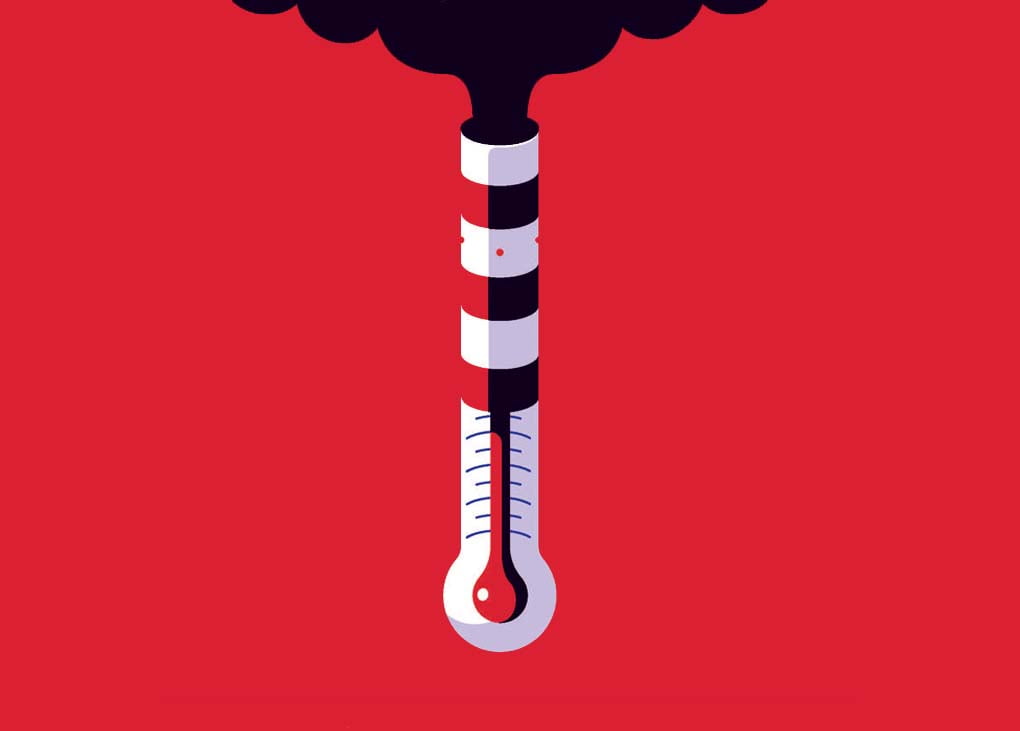The UN Environment Programme’s (UNEP) latest Emissions Program Gap Report has found that countries’ climate promises for 2030 fall far short of Paris Achievement goals, leaving the world on track for a global temperature rise of at least 2.7°C this century.
The report, now in its 12th year, finds that countries will need to go harder, earlier to meet the Paris Agreement goal of limiting global warming to well below 2°C. Current commitments only take an additional 7.5 per cent off predicted annual greenhouse gas emissions in 2030, compared to the previous round of commitments. Reductions of 30 per cent are needed to stay on the least-cost pathway for 2°C and 55 per cent for 1.5°C.
According to the report, net-zero pledges could make a big difference if fully implemented, restricting the predicted global temperature rise to 2.2°C. But it also notes that existing pledges are often vague, and inconsistent with most countries’ climate actions for 2030, as defined in the Nationally Determined Contributions (NDCs).
“Climate change is no longer a future problem. It is a now problem,” says UNEP Executive Director Inger Andersen. “To stand a chance of limiting global warming to 1.5°C, we have eight years to almost halve greenhouse gas emissions: eight years to make the plans, put in place the policies, implement them and ultimately deliver the cuts. The clock is ticking loudly.”
UNEP notes that to have any chance of limiting global warming to 1.5°C, the world has eight years to take an additional 28 gigatonnes of CO2e off annual emissions, over and above what is promised in the updated NDCs and other 2030 commitments. To put this number into perspective, total annual emissions of CO2 and other greenhouse gases are close to 60 gigatonnes CO2e – in other words, global emissions would need to be halved. For the 2°C target, a drop in annual emissions of 13 GtCO2e by 2030 would be required.
Incoming COP26 President Alok Sharma says the report underlines why countries need to show ambitious climate action at COP26: “As this report makes clear, if countries deliver on their 2030 NDCs and net zero commitments which have been announced by the end of September, we will be heading towards average global temperature rises of just above 2C. Complementary analyses suggest that the commitments made in Paris would have capped the rise in temperature to below 4°C.
“So there has been progress, but not enough,” he says. “That is why we especially need the biggest emitters, the G20 nations, to come forward with stronger commitments to 2030 if we are to keep 1.5°C in reach over this critical decade.”
To read the UNEP Emissions Gap Report 2021, click here.
 Mark Vender
Mark Vender


Leave a Reply